Eugene Simonov
Translated by Alastair Gill
The author’s opinions and views do not necessarily reflect those of UWEC Work Group.
The latest UNESCO World Heritage Committee session, held from September 10-25 in Riyadh, Saudi Arabia, condemned two anti-immigrant fences dividing natural ecosystems. One of these is a militarized barrier on the Poland-Belarus border.
UWEC Work Group has previously written about the environmental problems of constructing fences along borders in these articles:
- Can the Iron Curtain Be Green? Europe’s nature is being divided by fences and fortifications
- Protected areas and border zones in Ukraine: How to harmonize them?
- Beasts and Barriers: Obstacles along international borders and their impact on land-based vertebrates
Rising geopolitical tensions and the growing number of military conflicts, as well as nationalist tendencies in politics, are weakening and degrading international mechanisms for environmental cooperation. Russia’s aggression in Ukraine has affected the implementation of many agreements, among them the World Heritage Convention. In 2022 the annual World Heritage Committee (WHC) session, scheduled to happen in Kazan, Russia, did not take place, since many countries considered it impossible to convene under the chairmanship of a country that had just begun a war. As a result, important decisions on many World Heritage sites have been postponed – concerning Lake Baikal, for example.
The 45th session of the World Heritage Committee (WHC), eventually held after a significant delay, resulted in the adoption of resolutions calling for a reduction in environmental damage caused by “anti-immigrant” barriers built along borders, specifically the Belarusian-Polish Białowieża Forest and the Mexican biosphere reserve El Pinacate and Gran Desierto de Altar in the Sonora desert on its border with the U.S. Both of these protected areas were victims of the migration crisis and unilateral defensive measures at around the same time.
The similarities and differences between these two episodes show how geopolitical confrontation affects the environmental management of border barriers, which UWEC Work Group authors regularly discuss.
Politicization of the WHC session puts nature at risk
The 45th session of the World Heritage Committee (WHC), held in September 2023 in Saudi Arabia, was one of the most troubled in the organization’s history. Due to the unwillingness of the hosts to invite one of the Convention signatories (Israel), the session almost fell through and was postponed for two months. As a result, it was so poorly prepared that dozens of registered participants, including the author of this article, did not receive official visas and had to instead obtain tourist visas.
During discussions of reports on the state of World Heritage sites, several WHC members from Africa, the Middle East, and Russia generously handed out indulgences to other countries, helping them to avoid fulfilling basic obligations to protect natural and cultural values. Only the Belgian delegation challenged this – the remaining committee members were hesitant to get involved in politicized polemics.
Scientifically based recommendations for the protection of World Heritage sites included in the draft resolutions proposed by the World Heritage Center and the International Union for Conservation of Nature (IUCN) were mercilessly distorted and annulled in an exchange of “diplomatic pleasantries” or in the name of a collective struggle against “the remnants of colonialism.”
The Russian Federation, which last year exchanged its chairmanship of the session for a war of aggression and international pariah status, has now fully recovered and taken revenge, actively playing along with the most destructive attempts to reduce the mechanisms of the Convention to formalistic nonsense. As a result, Zambia and Zimbabwe were essentially given permission to build a giant hydroelectric power station at the very foot of the Victoria Falls, and Bangladesh was praised for a perfunctory report on a “strategic assessment” of the impact of industrial development on Sundarbans, the world’s largest mangrove forest, and was also allowed to continue building ports, factories, and thermal power plants immediately along its perimeter.
When, on the day of the discussion, the author of the article asked the Indian delegation, which controls the other half of Sundarbans (and some of the new industrial sites in the area), for consultations with the Indian conservation expert helping to formulate a position on the draft decision, he was told that the specialist would “arrive in three days.” Two other delegations from Committee member countries also had no conservation experts present when making crucial decisions on natural sites.
That is, a number of WHC member countries apparently simply have no need for specialists to help them make decisions, because those decisions are determined by political preferences rather than by requirements for the protection of World Heritage sites.
During the meetings, the Saudi chairman unceremoniously interrupted and silenced not only NGO activists of the opportunity to speak, but also representatives of the Convention’s State Parties, including the Ukrainian representative when she tried to respond to verbal attacks from the Russian delegation.
The German non-governmental organization World Heritage Watch, which deals with issues relating to the Convention, laments the results of the session in its press release:
“The UNESCO body suffers from some of the same systemic flaws that cripple the UN Security Council: Member states of the World Heritage Committee can abuse their power and take politically motivated decisions contrary to the obvious facts, while civil society remains consistently excluded from its decision-making processes.” . . . “The common heritage of humanity is being brought to ruin before everyone’s eyes,” states Stephan Doempke, Chair of World Heritage Watch. “The crisis of multilateralism does not stop at UN Special Agencies such as UNESCO. We therefore call on the 195 States Parties to the World Heritage Convention to initiate a reform of the Rules of Procedure of the World Heritage Committee at their General Assembly in Paris in November to remedy glaring abuses, and to elect states to the Committee that offer greater guarantees of adhering to the spirit and letter of the World Heritage Convention.”
However, procedural flaws often turn out to be a blessing in disguise. There are so many World Heritage sites in the world that require immediate protection, and WHC sessions are held so infrequently that at each session the UNESCO WHC monitoring mechanism can only afford to discuss the most controversial draft resolutions on the state of conservation of the sites. This means that only decisions on whether to include or remove sites on the World Heritage in Danger list are discussed, as are draft decisions to which at least one WHC member categorically objects. Most draft resolutions by necessity have to be adopted without discussion, in the form prepared by UNESCO bodies (in strict accordance with the rules of the Convention after consultations with the countries that own the relevant sites).
Fortunately, only 22 of more than 200 assessment resolutions were discussed (and in most cases were significantly watered down), while the rest were “rubber-stamped” without discussion. Paradoxical as it may sound, in recent years such undiscussed resolutions tend to turn out to be more constructive and useful for the protection of sites than those that have gone through the crucible of debate between Committee members.
Below we examine two such resolutions and their significance for the sites in question.
Construction of the border fence between Belarus and Poland, dividing Białowieża Forest
In 2022, biologists Oleksiy Vasyliuk and Vadim Kiriliuk wrote a detailed analysis of the border fence in Białowieża Forest, in which they pointed out that it was an important opportunity for Poland to consider and combine the needs of environmental protection and national security.A new UNESCO report on the state of the site reveals that the fence was built in Poland without carrying out the necessary assessment of the impact on the heritage site. The 186-kilometer-long, 5-meter-high steel fence stands on a concrete foundation and includes 24 standard passages for large mammals, five meters wide and 4.5 meters high.
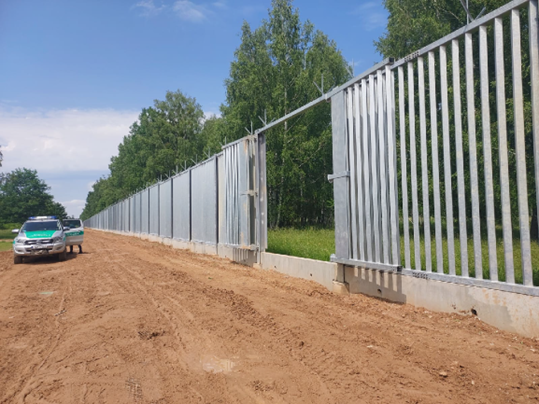
At the end of 2022, in response to complaints by citizens, Poland submitted to the secretariat of the Bern Convention a document titled “Analysis of the impact of the construction of the barrier on the subjects of protection of the Natura 2000 site Białowieża Forest together with the Białowieża National Park Area.” Warsaw subsequently submitted a similar document to UNESCO and other authorities, although in terms of its form and content it does not fully comply with impact assessment standards. Nevertheless, the argumentation set out in it was strong enough for the Bern Convention bodies to reject the complaints.
The arguments presented by the Polish side to UNESCO and the Bern Convention, came down to the following:
- Poland had been subjected to threats from Belarus/Russia, aimed at discrediting Poland in the EU, and had therefore been forced to act quickly in a dynamic crisis;
- At the beginning of the crisis in 2021, Poland hastily erected a barbed-wire fence that was extremely harmful for animals (and people), but the new barrier cannot cause injury to animals (judging by the photographs, the new fence is indeed less dangerous for animals).
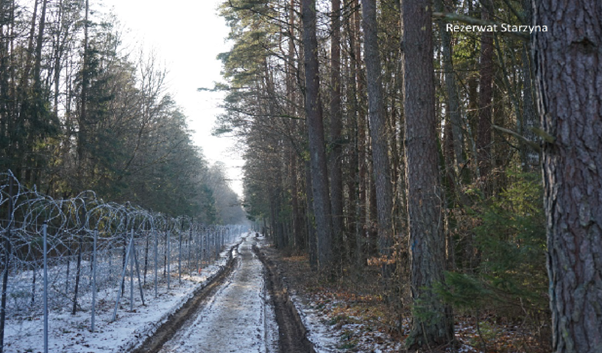
3. The analysis conducted shows that 24 passages are located in optimal locations, based on available information about animal migration patterns. The barrier does not block watercourses and has not been constructed along rivers, which serve as natural obstacles.
4. It makes no sense to make a larger number of passages in the fence, since there has been a continuous multi-layer barrier on the Belarusian side of the border since the Soviet era. This is a whole system of manmade structures, including several fences made of barbed wire, and is impassable for most animals. This is confirmed by telemetry data from tagged bison and other large mammals that generally do not migrate deeper into the Belarusian part of the site beyond this system. Belarus recently upgraded and reinforced this structure, making it even less permeable for large mammals.
Indeed, back in 1992, when nominating the Belarusian part of the World Heritage Site, UNESCO and the International Union for Conservation of Nature and Natural Resources strongly recommended that Belarus study the possibility of dismantling its system of Soviet-era border structures. These recommendations were repeated from 1999 to 2004, until, finally, in 2005, Belarus promised to begin partially dismantling the barriers, primarily in mammal migration areas, and in 2006 asked UNESCO to cover the costs.
The money was not allocated, either because it is a relatively prosperous country by UN standards, or because of a lack of clarity in the application, but in 2007, 2009, and 2014 UNESCO continued to persistently recommend that Belarus adapt its border fence to the needs of migrating animals. Therefore, when the Polish side attempts to justify the small number of passages in its fence by citing the presence of a parallel barrier belonging to its neighbor, it forgets that the task of removing or adapting the Belarusian fence was originally supposed to be a joint endeavor. So there is good cause to reproach the Polish side: the measures it has taken are likely to ensure that the border conflict will divide the protected forest in two forever.
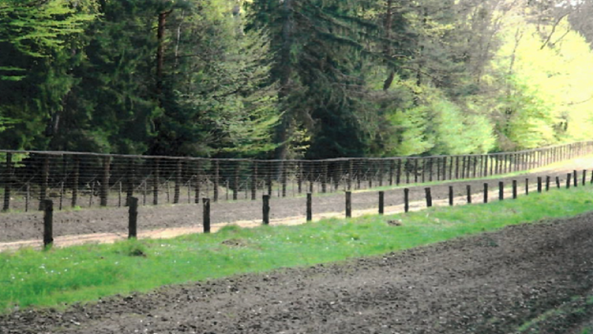
The UNESCO World Heritage Center assesses the data currently provided by Poland as insufficient to draw conclusions, pointing out in its analysis that the choice of measures to ensure migration is not supported by scientific evidence, and the impact assessment presented is limited to Polish protected areas and does not assess the impact on the transboundary site as a whole. In its resolution, the UNESCO WHC requests both countries to invite a UNESCO/IUCN monitoring mission to evaluate the damage to heritage values and the adequacy of measures taken to mitigate the damage. If extensive damage is discovered, the mission will also have to consider the possibility of adding Białowieża Forest to the World Heritage in Danger list.
It is not clear from the text of the decision whether the mission will consider the impact of the two lines of fencing in both countries or only the new one in Poland. However, biologist Vadim Kiriliuk recently stated that it is known that for ungulates, the stress and injuries caused to animals caught between several parallel barriers can be especially dangerous. Therefore, in this regard, the Polish authorities are right: the combined impact of the Belarusian and Polish fence systems on the natural ecosystem should now be considered.
The chief challenge is that at present the two countries are in no way inclined to cooperate and often use this situation, including appeals to UNESCO, for political purposes.
Belarus has been broadening its intimidation tactics, not only by shipping hapless migrants into the border zone, but also by stationing Russian mercenaries nearby “for protection against NATO,” as well as continuing with endless military exercises near the border. For Minsk, appeals to UNESCO are purely a political screen.
This fall, however, the Polish ruling party Prawo i Sprawiedliwość (Law and Justice) decided that its best chance of winning the parliamentary elections in October was to base its campaign on a showdown with its eastern neighbors and migrants, which briefly led to a souring of relations with Ukraine. Ten thousand troops were deployed to guard the border with Belarus, which, according to this writer, may indicate that the fence is of limited use as a means of protecting the border.
The issues of removing the recently constructed fence and ending discrimination against migrants (which EU legislation requires of Poland), was put to the public in an extremely dubious “referendum” held concurrently with the elections. Prawo i Sprawiedliwość believed that holding this referendum would help increase election turnout, thus garnering more votes, but these expectations were in vain. More than 70% of voters voted in the elections, while only 40% took part in the “referendum,” which made its results not a binding call for action, but rather only a recommendation. But of those who voted, more than 90% opposed demolition of the troubled barrier, though it is extremely unlikely that they had access to reliable information about its real effectiveness and side effects.
Poland’s right-wing populists are likely to lose power as a result of the elections, leaving their replacements with a fence and the stifling odor of xenophobia as a means of patriotically mobilizing the electorate. The hope is that there will be greater interest on the Polish side of the fence in addressing national security issues in a meaningful and conservation-sensitive manner. But there is no hope for any productive dialogue with Belarus in the foreseeable future, negating prospects for trans-border environmental cooperation. UNESCO also mentions the lack of cooperation in its resolution.
Mexico and the United States cooperation on border fencing
The problems facing Białowieża Forest are echoed by another WHC decision/resolution on the fence that separated the Mexican biosphere reserve El Pinacate and Gran Desierto de Altar in the Sonora Desert from several protected areas across the border in the U.S. state of Arizona.
The construction of a continuous metal “wall” along the entire land border with Mexico was one of the hysterical election promises made by Donald Trump, who mobilized voters by inciting hatred against migrants. In February 2022, the NGO Center for Biodiversity Conservation contacted UNESCO to ensure that the damage was reviewed and that it accelerate work on measures to reduce the barrier’s impact on biodiversity.
The key species here (like European bison in Białowieża Forest) is the Sonoran pronghorn, a relict ungulate that once inhabited deserts in North America and is now in danger of extinction. Cutting a single population into two has only added to the threat.
In response to UNESCO’s appeal and according to the Convention, the government of the U.S. (a country without its own nearby World Heritage site, is obliged not to cause harm to other sites) cheerfully reported that it was aware of the extensive damage caused and had already instructed the National Park Service, which is working alongside Mexico’s National Commission of Natural Protected Areas, to develop a comprehensive plan to deal with the consequences. The two sides are also jointly developing a comprehensive conservation plan for the Sonoran pronghorn. All that remains is for UNESCO to call for the “acceleration and deepening” of efforts and to recommend a monitoring mission…
To be honest, it is unclear whether American agencies will be able to help overcome at least some of the negative consequences caused by the “Trump wall,” but the speed with which they have made a complete U-turn and begun to cooperate with Mexico inspires some hope. The site is still at risk of being listed as “World Heritage in Danger” in the near future, which could help mobilize large resources (primarily from the U.S. budget) to correct the situation.
The WHC and Russia
The Russian delegation, with the support of Ethiopia and other “colleagues” in the WHC, managed to prevent the Volcanoes of Kamchatka site from being included on the list of World Heritage in Danger, where, according to the rules of the Convention, it was necessary to include it, since Russia had illegally eliminated protected status from part of the site’s territory. But at the same time, Russia promised to strengthen protection of the site, including the territory previously excluded from the protected area, and not to build a port there for cruise ships. Resolutions were passed without discussion on five more natural sites in Russia: Golden Mountains of Altai, Virgin Komi Forests, Lake Baikal, Western Caucasus, and Wrangel Island, as well as on the Landscapes of Dauria site, jointly administered with Mongolia. These resolutions presuppose a reasonable strengthening of environmental measures and warn against violations. In its resolution on “Wrangel Island,” the WHC warns that the site may be included on the World Heritage in Danger list if Russia updates its regulations to allow military maneuvers throughout the reserve.
Read more:
On 14 September 2023, on the very day the WHC adopted this decision, the Russian Ministry of Natural Resources approved an update to regulations related to Wrangel Island Nature Reserve, eliminating any attempts to permit military maneuvers and other potentially harmful activity across the entire territory of the reserve, strictly limiting defense activities to the specially designated sites. This shows that, despite threats from high-ranking lawmakers to force the country to abandon the “overly politicized” UNESCO, the mechanisms of the Convention can still have a beneficial effect on environmental decision-making in Russia.
In the international arena, however, Russia tends to view the World Heritage Convention not as a mechanism for cooperation, but as a geopolitical weapon. So it is no accident that, at the time of the WHC session, the Ministry of Natural Resources and Environment of Russia announced “public consultation” on a draft government resolution assigning strict scientific nature reserve (zapovednik) status to the Falz-Fein Askania-Nova State Nature Reserve in Kherson oblast. This reserve, which has existed for more than a century and which was occupied by Russian forces in the first days of the war, is currently the sole protected natural area in Ukraine that is a candidate for inclusion on the World Heritage list. Russia’s strategy seeks to reassert and legitimize its control of protected areas in occupied territory, confronting the fact that they are recognized as belonging to Ukraine by UNESCO and all other UN bodies.
Read more about the current situation in Askania-Nova:
It is also worth noting that on the eve of the WHC session, the historic center of Odesa, which was recently included on the “World Heritage in Danger” list, was subjected to a devastating Russian bombardment, damaging several historical monuments. The 45th session of the WHC was also forced to add cultural and historical sites in Lviv and Kyiv to the same list as under significant threat during the war and therefore requiring urgent support.
Main image source: Wildpoland

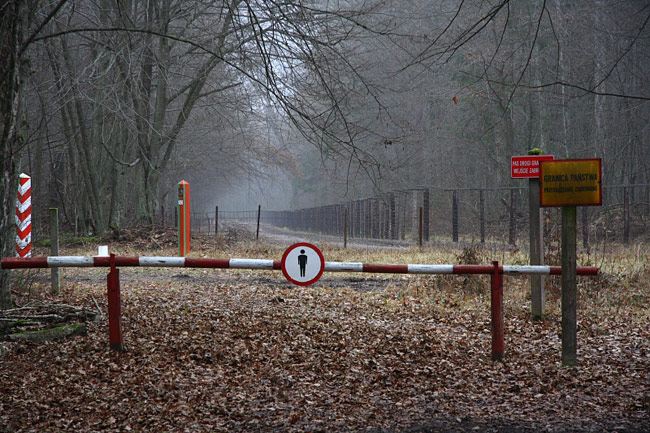
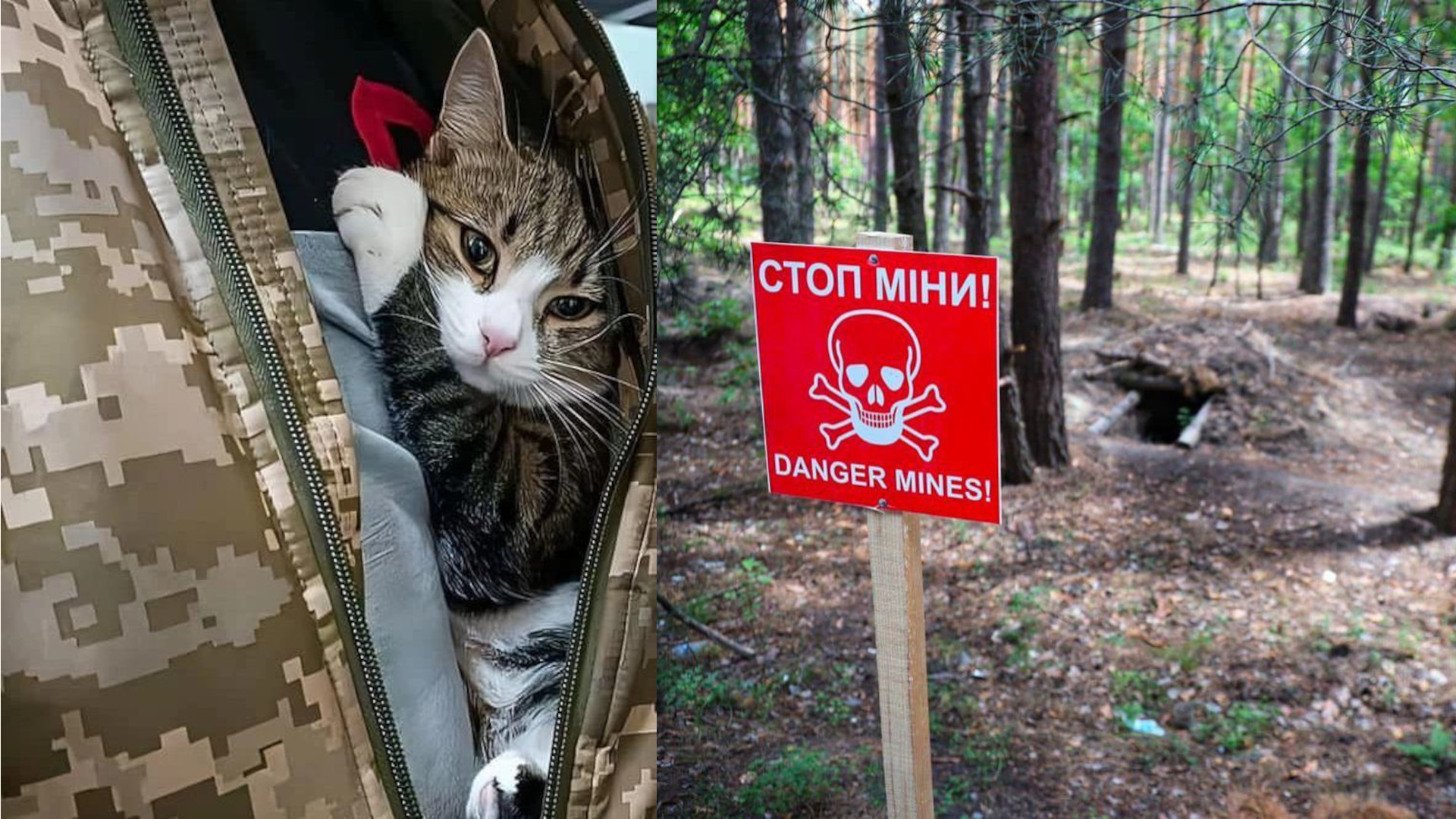

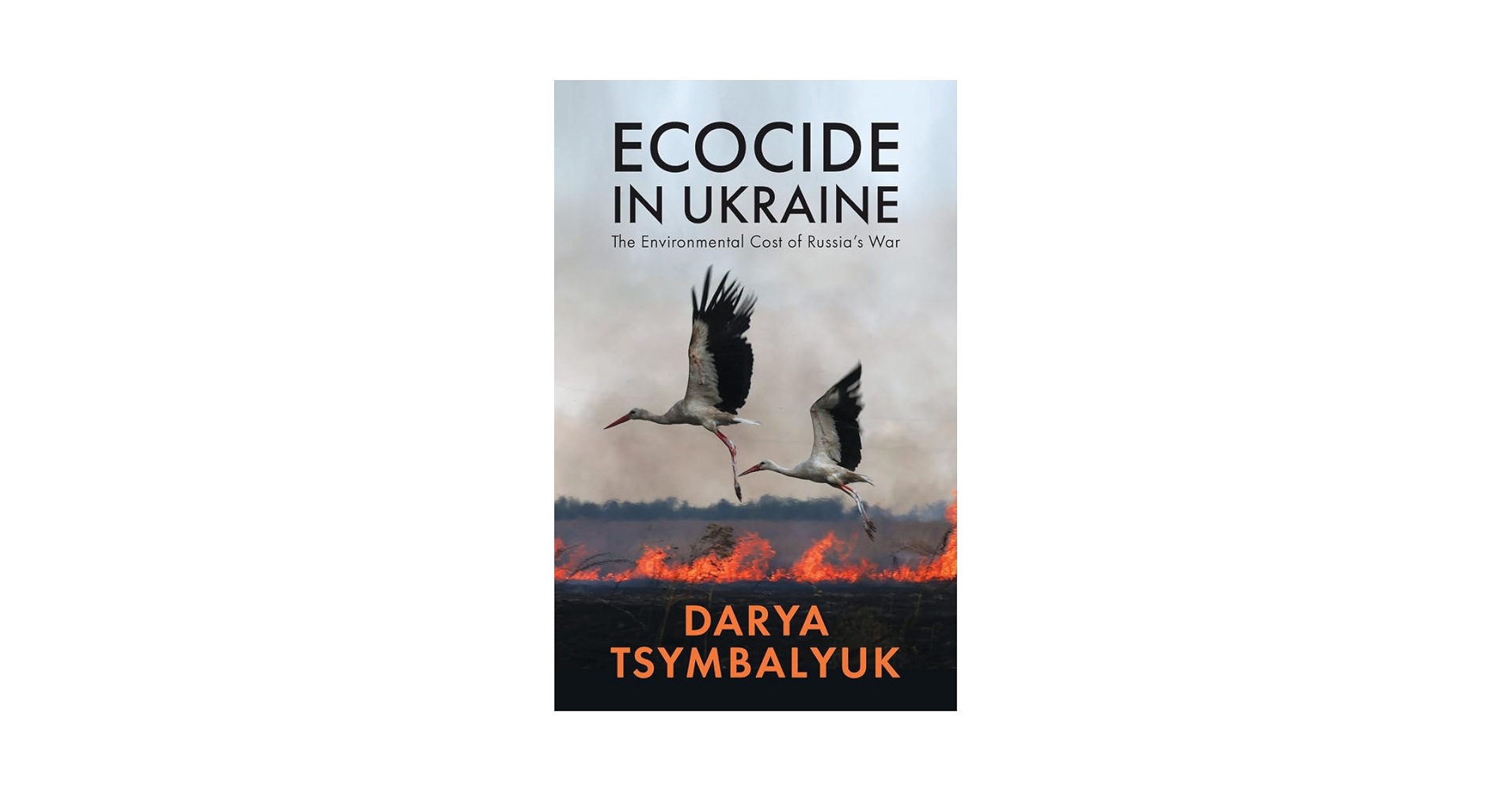
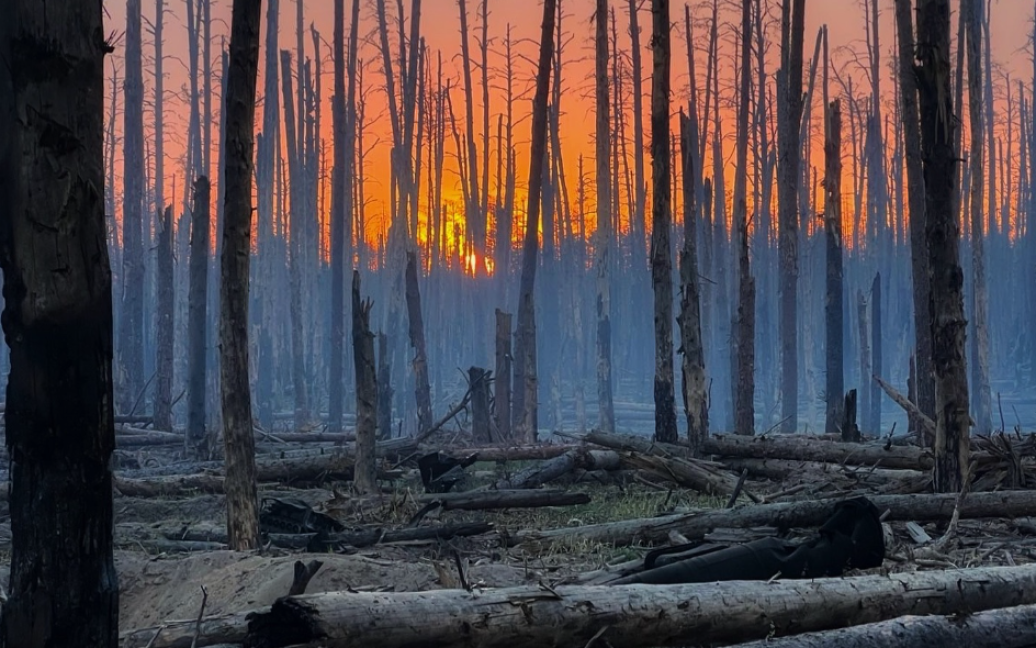
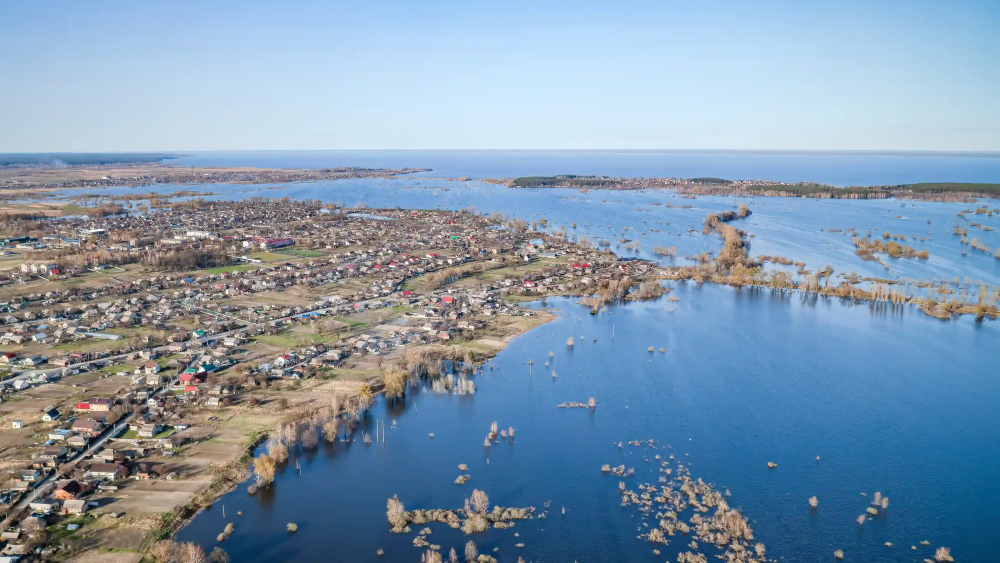
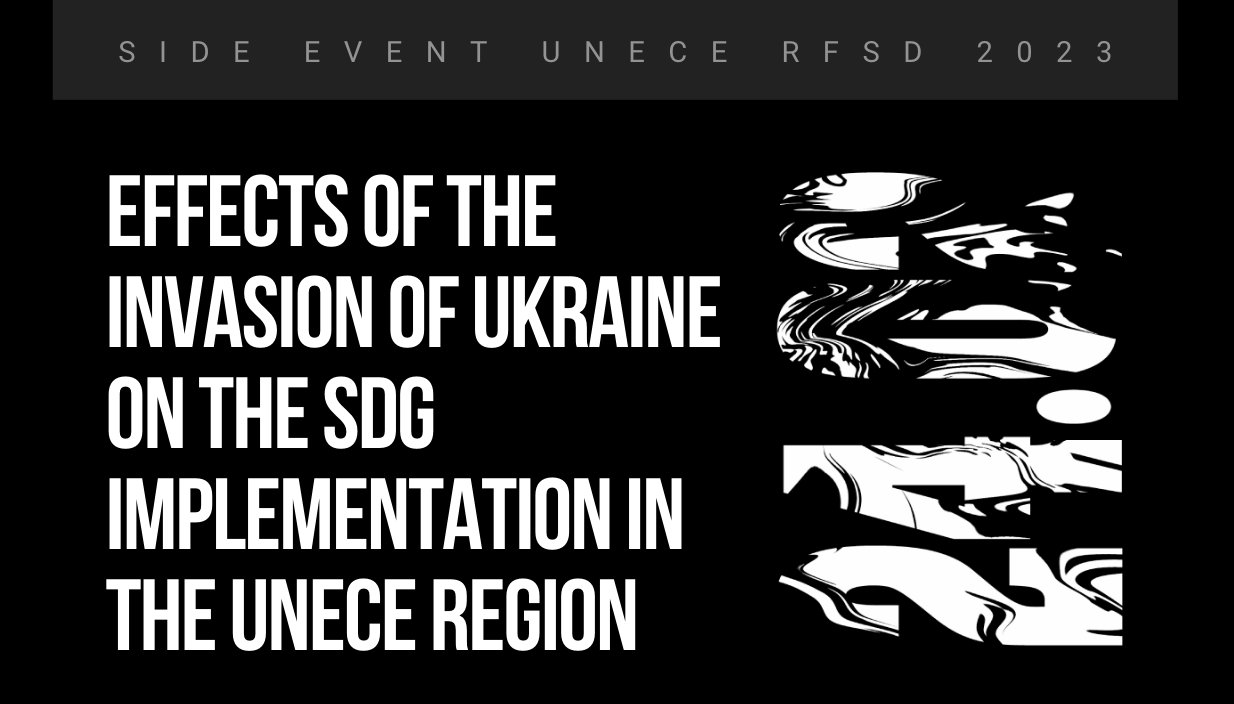
Comments on “UNESCO condemns construction of border fences”